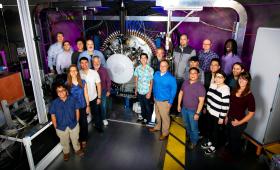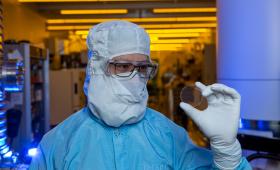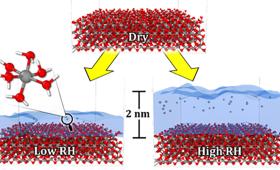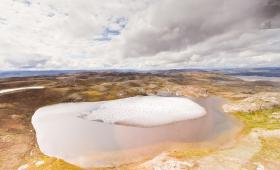Science and Technology Highlights


In early May, the Lawrence Livermore National Laboratory Megajoule Neutron Imaging Radiography Experiment (MJOLNIR) team’s dense plasma focus (DPF) achieved greater than 1012 neutrons in a single deuterium

A new study provides surprising behavior of hydrogen bonding of water confined in carbon nanotubes.

To learn about the properties of materials under changing temperatures and pressures, researchers typically combine laboratory experiments with theoretical models and computer simulations.

Optics researchers at Lawrence Livermore National Laboratory (LLNL) have refined their novel metasurface process to create taller features without increasing feature-to-feature spacing, an advance that unlocks exciting new design possib





